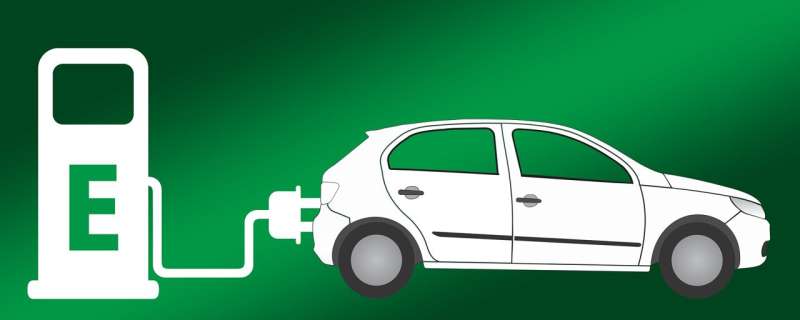
Vehicle-to-grid chargepoints can improve battery life in electric vehicles and reduce carbon emissions and costs of charging, a government-funded project has found.
Research from the EV-elocity project shows that, by careful charging and discharging, EV battery degradation can reduce by one-eighth, and, in some situations, up to 450 kg of emitted carbon dioxide (CO2) or £400 could be saved per vehicle each year.
Vehicle-to-grid (V2G) can balance the calendar and cycling aging (both of which affect the rate of battery degradation) to optimize the battery condition and improve its health by 8.6—12.3% over one-year’s operation, compared to conventional charging alone—equivalent to one extra year of use.
In cost-terms, V2G tariff optimization can save around £100 per year per chargepoint on normal business electricity tariffs, with up to £400 saved on a smarter tariff.
If managed to maximize the environmental benefit, nearly half a ton of annual CO2 emissions can be saved, and significant savings (over 180 kg) can be made even when reducing cost is the main goal.
Chris Rimmer, Infrastructure Strategy lead at Cenex and the project’s lead project manager, says that their “conclusions show that it is not necessary to trade-off financial, environmental and asset lifetimes when charging Electric Vehicles. Cost, carbon, and conditioning benefits can all be gained when V2G is used intelligently with fleet vehicles.”
Professor Lucelia Rodrigues of the University of Nottingham added that “a key challenge for an optimum application of V2G technology is to synchronize the needs and requirements of the users and the energy and transport systems. Our work correlated variables such as user needs, mobility patterns and renewable electricity generation to evolve different possible scenarios for the application of V2G chargers, with a view of maximizing local renewable energy consumption, lowering costs for the user, improving battery life and reducing carbon emissions from the whole system.”
“Our experimental research highlighted the potential to extend battery life by exploiting the unique capability of V2G chargers to both charge and discharge the vehicle battery”, commented Professor James Marco of WMG, University of Warwick. “By careful optimization of this process and knowing how the battery performance may degrade over time, it is possible to condition the battery to extend its life in a number if situations when compared to conventional methods of vehicle charging.”
The project deployed 15 chargepoints across nine sites—including West Midlands Police, Leeds City Council and the University of Nottingham Creative Energy Homes campus. Two of chargers from eNovates and Nichicon were managed by a technology-agnostic operating system, demonstrating V2G across the different trial sites within the UK.
The final report presents the findings and lessons learned for future vehicle-to-grid deployment.
Can EV spare battery capacity support the grid?
Report: www.cenex.co.uk/app/uploads/20 … ity-Final-Report.pdf
Citation:
Carbon, cost and battery conditioning benefits calculated for vehicle-to-grid chargepoints (2022, June 9)
retrieved 9 June 2022
from https://techxplore.com/news/2022-06-carbon-battery-conditioning-benefits-vehicle-to-grid.html
This document is subject to copyright. Apart from any fair dealing for the purpose of private study or research, no
part may be reproduced without the written permission. The content is provided for information purposes only.
Stay connected with us on social media platform for instant update click here to join our Twitter, & Facebook
We are now on Telegram. Click here to join our channel (@TechiUpdate) and stay updated with the latest Technology headlines.
For all the latest Technology News Click Here
For the latest news and updates, follow us on Google News.
